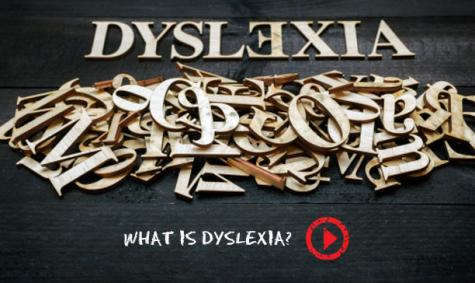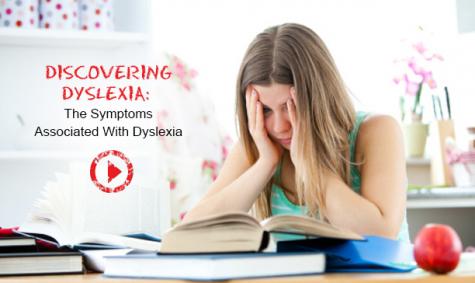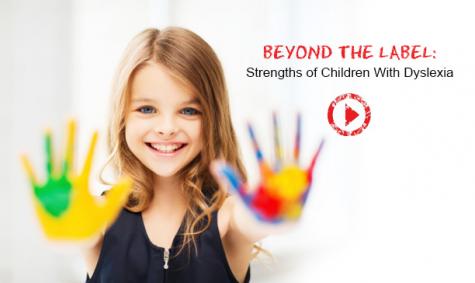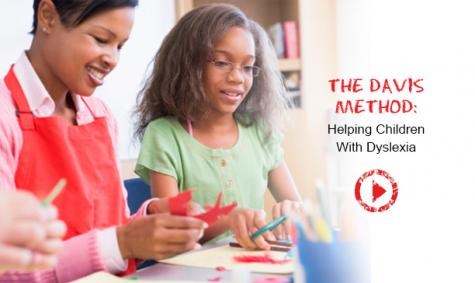(Sponsor this newsletter)

|





|





| |
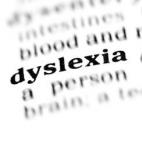
For Kids In The House CEO, Leana Greene, growing up with Dyslexia was difficult because so little was known about the learning disability, making it difficult for her to explain why she was struggling with reading and writing. Although we now understand much more about Dyslexia, many parents are still having a hard time comprehending what Dyslexia is and how they can help their children who struggle with it. As part of Dyslexia Awareness Month, Kids In The House is featuring experts who can help parents better understand this often overlooked learning disability. “Dyslexia is clinically referred to as a reading disorder,” explains Pediatric Neurologist Sandra K. Loo, PhD. “It refers to the inability to read at an age-appropriate level, in spite of the opportunities to learn how to read and the physical ability to learn how to read.” The core problem caused by Dyslexia is the processing of phonemes, which is connecting letters to the sounds they make. While letter reversals can be a sign of Dyslexia, parents should not worry that their child is dyslexic if they are just learning how to write. Letter reversal is something that is common up until the first grade, but parents should still keep tabs on their child’s writing, as it can become a greater issue if it persists. “Once a child is in school, there are signs of Dyslexia correlated with reading problems such as difficulty mastering phonics, difficulty reading out loud, and difficulty spelling,” says Education Psychologist Jane Healy, PhD. “As kids get older, children with dyslexia often will have poor handwriting, the inability to spell common words, and they usually have difficulty managing a foreign language.” While children with Dyslexia struggle with reading and writing, they often possess other mental talents. “Children with dyslexia are very bright, very curious, very creative, and have advanced reasoning abilities,” shares Neuropsychologist Karen Schiltz, PhD. “Their ability to understand abstract reasoning, as well, is advanced.” As a result of these accompanying abilities, the Davis Method has proven to be a great way to help children with Dyslexia learn in a more effective way. Dyslexia Specialist Angela Gonzalez, MD explains the Davis Method “takes that visual, spatial style of learning and thinking and capitalizes on that, shows the individual how to use that gift to overcome the learning disability without using anything external to self, without using any medication, and without using any herbal treatments.” Gonzalez saw the Davis Method help her own son with Dyslexia. “We went in on Monday and came out on Friday with increased self-esteem, increased confidence, and his reading level went up one grade within one week,” says Gonzalez. Do you still have questions about Dyslexia? Join us for our Google Hangout this week, “Th∃ Dysl∃xia DiƧcuƧƧion: A Better Understanding of Reading Disabilities” which will take place on Tuesday, September 30th at 1:30PM PST. We will be joined by Angela Gonzalez, Clinical Psychologist Jennifer Cassalty, and Educational Specialist Sasha Borenstein who are ready to answer your questions live! Click here to RSVP for the event!
What Can We Help You With?We want to hear from you! Are you looking for advice? What is the biggest struggle you are having in parenting? Ask us your questions by tweeting us @kidsinthehouse with the hashtag #KITHtips and we'll get back to you with our top experts' advice! |
 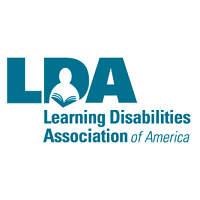 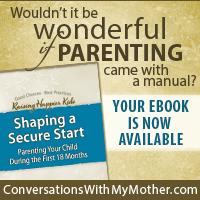      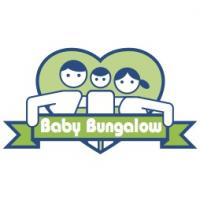  
|
||||||||
|
|||||||||
